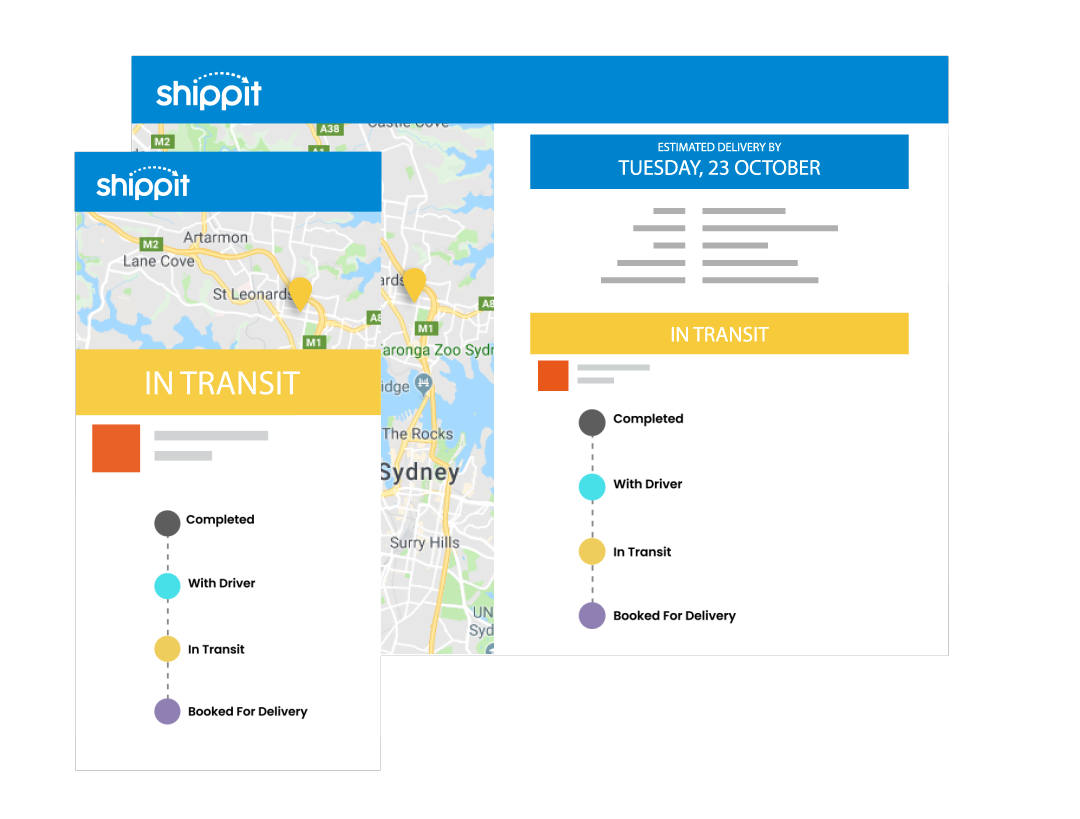Whether it was a sudden flash of inspiration or a long-held childhood dream that led you to your winning business idea, at some point, you come to the crossroads – when the procrastination has to stop because it’s now or never; time to make it happen.
But how do you know if it’ll actually sell? Sure, you think your idea is the best thing since sliced bread, but will it have mass-market appeal? Are there enough potential customers out there to grow a sustainable business?
Good questions.
Before you jump in feet first, it’s worth considering that it may not be the product that determines success or failure on the market, it could be you.
Does running this business fit into your 5, 10 or 25-year life-goals? Does it draw on elements of work that you’ve enjoyed in the past, or will be mean slogging through months, or even years of labour, that you’ve previously attempted to avoid at all costs?
Because entrepreneurship is hard and it’s all about resilience; learning from failure and, as Charlie De Haas from Clean Treats puts it “you’ve got to keep getting back up and keep trying…so you’d better be ready”.
If your answer is an unequivocal ‘This is my passion – I’m going all in’, then let’s get discuss how to take your idea from your living room and out into the big, wide world. Hint: it’s really all about validation.
Pre-launch Phase
First stop – market research and there are some great tips and tools out there to help you conduct it affordably. This checklist from the Government’s Department of Industry and Innovation is a great place to get the ball rolling.
During the research, phase get ready to put yourself out there, because the #1 way to find out if your idea is a go-er, is to ask your target audience – primary research. If face-to-face liaison isn’t your thing, an affordable route is to conduct surveys online.
#toptip – incentives and rewards go a long way when conducting primary research, just saying.
This article suggests asking those research subjects who seemed keen, to put their money where their mouth is to pre-order, offering them a discounted rate as an incentive. That way you’ve already started to build your customer base. Very clever.
Next up on the path to validation, is secondary research, which isn’t quite as scary because, thanks to the World Wide Web, there’s a wealth of information out there for your perusing pleasure. Sites like marketresearch.com and https://www.ibisworld.com.au are great for getting a big picture idea on what makes your target market tick.
If you want to hone in further (and we suggest you do), heading to bodies and associations for your industry, will provide you with all the stats and data your heart desires.
The last part of the research puzzle is competitor research, if someone is already out there doing the same thing, don’t panic. Just make sure you can give your business a unique spin or, more importantly, do it better. See, that’s your niche.
But no matter how much research you do, at some point, you’re going to have to go for it and start building a real-life business, whether that be online or in-store.
Here’s a handy checklist of things you need to have cemented pre-launch of your product:
- An MBA (Memorable, Brandable and Available) name – check?
- Reliable suppliers locked in – check?
- Branding and website ready to go – check?
- Advertising and/or marketing strategy in place – check?
All good? Now you’ve got yourself the beginnings of a business empire, so all that’s left to do now is…launch!
Launch phase
Most entrepreneurs will start with a side hustle, and this is for two reasons 1) to make sure when they do leave full-time employment it’s for good and 2) to test that their market research was correct and customers really will be queuing up around the block.
Take the founder of The Swank Store Aaron Kay; he suggests to start your business on the side, to see if you can create a ‘minimum viable product’. If your customers are buying, then you can set the plan in action to transition from a full-time employee to a full-time entrepreneur.
In this golden age of social media, you can generate a buzz around your product with very little budget and, as long as you’re doing the right things, build an audience. But here’s where the real test comes in – are they converting into customers?
If not you may need to rethink your strategy. For example, the founder of Frank Green, Benjamin Young had a product that he believed in wholeheartedly and solved a market problem – good start. But he knew that in order to sell it to his customer base, he had to think strategically about his positioning and market it in such a way that tapped into their psyche. See, he found his niche.
Remember millions of entrepreneurs have stood at the cusp enterprise greatness before you and lived to tell (in fact write about) the tale, so arm yourself with all the knowledge and education you can get your hands on. As world-renowned learning expert Jim Kwik says ‘if knowledge is power, learning is your superpower’.
Go forth, be brave and before you know it you’ll have carved out a lovely little place for your business in the market, after which you can then go on to tackle full-scale world domination.

Shippit.com is the shipping engine for modern retail. Learn more about how our software can save you time, money and keep your customers happy.
